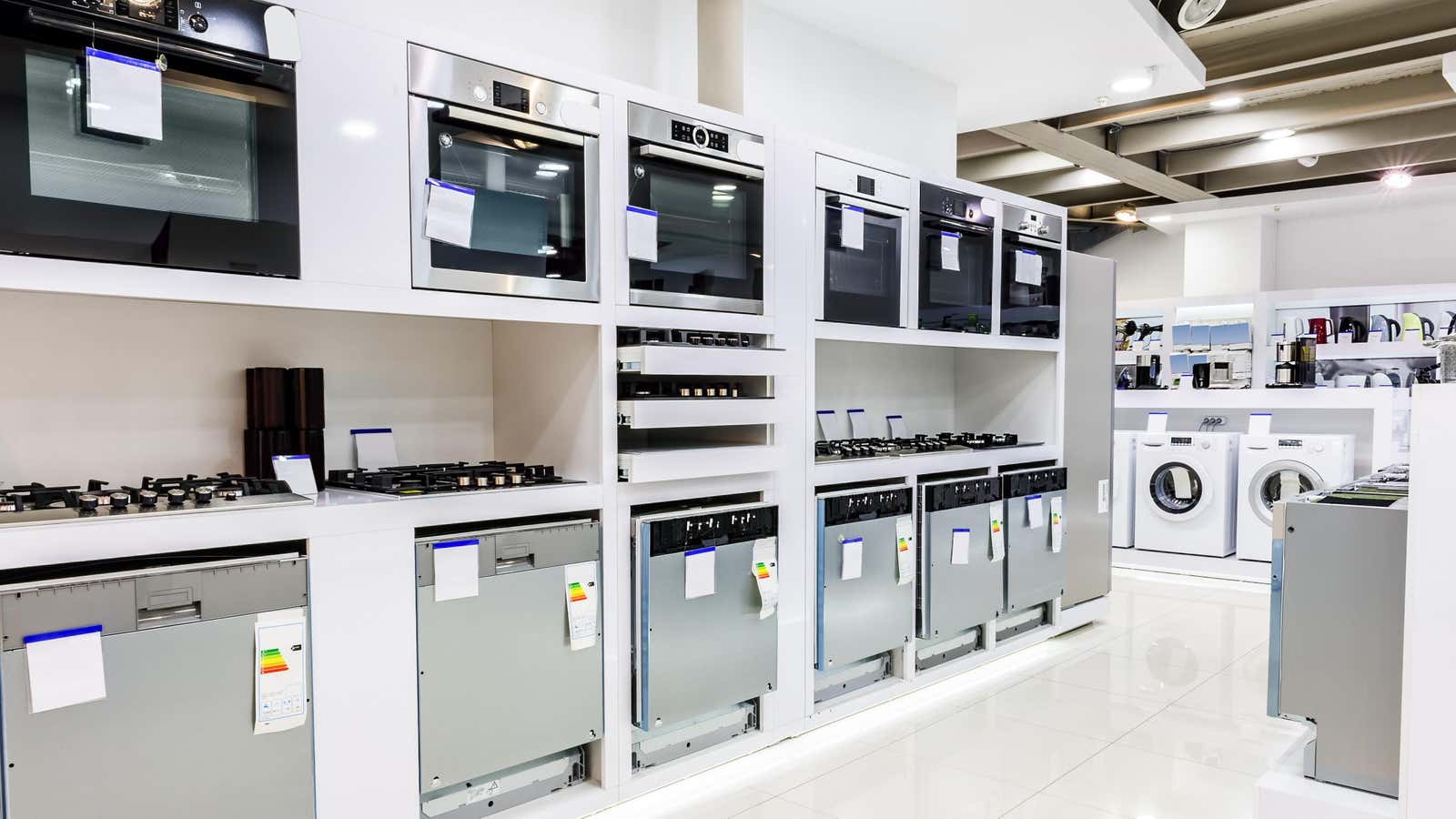How (and Where) to Bargain for Cheaper Equipment

Large household appliances such as refrigerators, ovens, washing machines and dryers are the main household investments. And while affordability is an important factor, you don’t want to keep repairing the fixture or replacing it too soon, so you don’t want to sacrifice quality.
In many cases, being able to get the features you want at an affordable price depends on where you buy the appliance, including whether you can bargain. Here’s what you need to know.
How to bargain when buying household appliances
It’s one thing to bargain when buying a used car or a piece of antique furniture at a flea market, but according to Consumer Reports (CR), it’s also possible to bargain when buying a new device.
Using survey data from approximately 20,000 people who purchased more than 30,000 large and small appliances, CR analysts obtained the following insights into consumer bidding success and strategies:
- Just ask : Not sure where to start? Ask the salesperson if there is room for price wiggle room, or if the price they quoted is the best they can do. The worst thing they can do is say no.
- Mention competitors’ prices . Let the seller know you’ve made comparison purchases and mention some of the deals you’ve seen elsewhere.
- Ask about other discounts and free services . If they don’t change the price, ask them for free shipping, installation, and pickup (if they don’t already offer it). You can also request free accessories needed to install the appliance (eg cords, hoses, etc.).
- Shopping online? Try negotiating with the retailer’s support team via email: this method worked for 90% of the buyers surveyed.
So , how much money did people save by haggling? Those who bought small appliances saved an average of $57, while people who bought large appliances saved an average of $114 at Home Depot, $123 at independent dealers, and over $140 at Lowe’s and Best Buy.